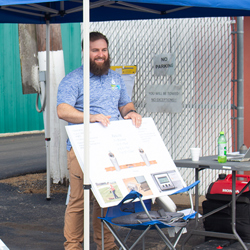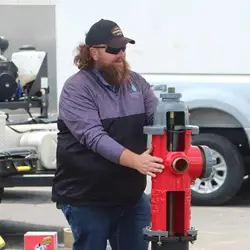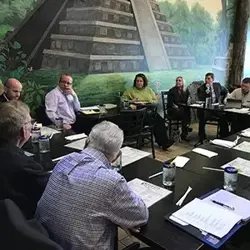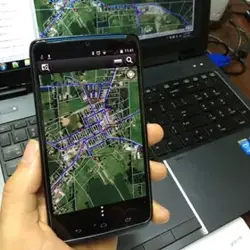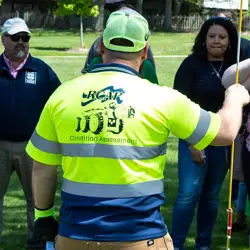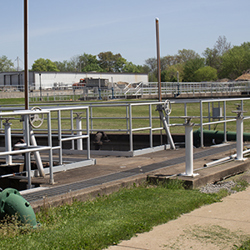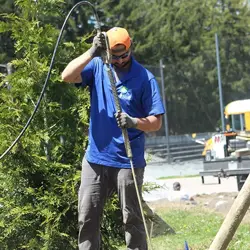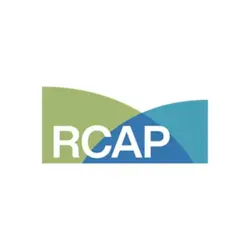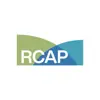

Lead Service Line Inventory
RCAP provides assistance and guidance in completing lead service line inventories. Through several state and federal programs, we are able to help rural communities research, document, and verify service line materials.
Contact:
800-775-9767
Lead Service Line Inspections
RCAP provides key services for communities to inspect and assess lead service lines. Services include:
- Initial inventory development
- Customer outreach and in-home inspections
- Potholing services to expect unknown lines
- Report and inventory sheet development
- Lead service line replacement (LSLR) plan development
- Guidance for LSLR project development and funding
Lead Service Line Inspection Methods
Initial Inventory Development
Developing a lead service line inventory begins with looking at known historical records such as tap cards, line replacement records, plumbing codes, and ordinances. Using existing records helps establish the known service lines within a community and gives focus to lead service line inventory projects to investigate unknown lines.
In-home Inspections
In-home inspections involve canvassing the community, with inspectors going door-to-door to access and evaluate customer service lines. Though residents may choose not to have their lines inspected, this approach is cost-effective, allows for broad outreach, and requires minimal equipment. Also, residents may opt to evaluate their own lines by completing and submitting self-surveys.
Officials conducting in-home inspections should be sure to notify the community before canvassing efforts begin. This will raise awareness of the project, allow customers the opportunity to self-identify lines, and improve verification rates. All outreach materials should provide an opportunity for customers to self-identify lines. Communities may also consider providing incentives for residents to complete surveys or allow for in-home inspections.
Potholing
Potholing is a soft digging technique used to access and inspect water service lines near the curb stop or water meter. Though potholing can be time-consuming and more costly than in-home inspections, this method allows for the inspection of both the utility and customer sides of the service line. Since this method also gives inspectors the ability to access water lines without having to go inside a house or building, potholing promotes higher rates of verification for lead service line inventories.
Resources
Great Lakes RCAP offers additional resources for communities to use when conducting lead service line inventories, including outreach material for residents. Materials on this page are available for download and use. Other resources include links to U.S. and state EPA guidance and information regarding lead service lines.
Document Library
For more information
Interested in RCAP's services? Send us a message at the below link.




